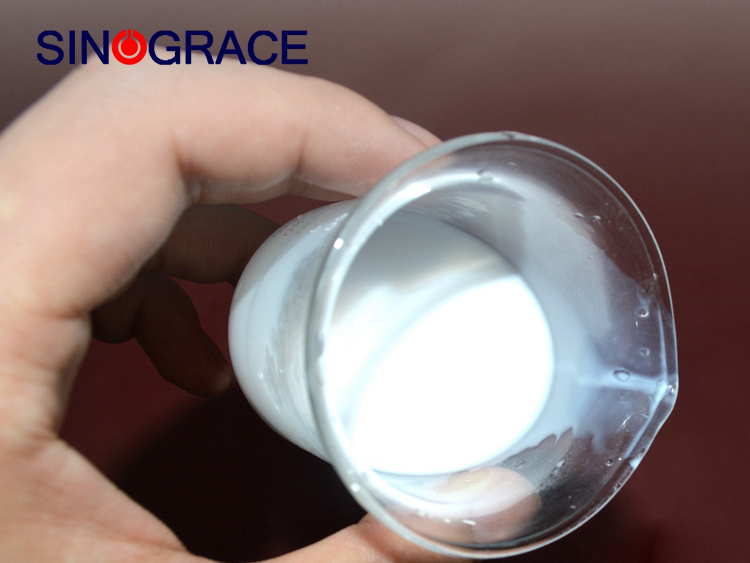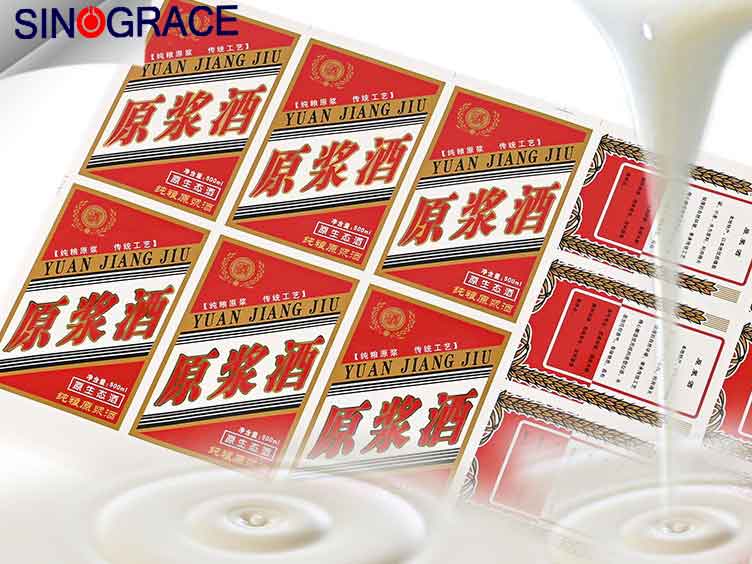In practical printing, what are the factors of print color bias?
1.Ink The three primary color inks have different degrees of color bias, which will affect the color bias of the whole picture to different degrees. However, a small amount of color bias can be corrected from the ink preparation. When printing to grasp the gray balance of the ink used, the same amount of yellow, product, green do not produce neutral gray, they produce lighter, more turbidity with brown gray, rather than the real gray. The reason is that the ink is not ideal absorption of color light (the spectral curve of the ink is not ideal), that is, caused by the used ink is not pure, in the actual ink CMYK space, to get the field gray, need to improve the amount of green ink. The excess cyan makes the other two colors cleaner, for example, 30% cyan, 2l % magenta, and 21% yellow mixed to produce 30% neutral gray, if 30% cyan, 30% magenta, and 30% yellow mixed to produce neutral gray will have a dark brown color. For a certain type of ink product, the CMY value of mixing gray is constant, that is, the gray balance ratio value of a certain ink is constant, and the gray balance of this ink can be measured, and the image can be corrected according to this balance, so that the image to be printed can accurately reproduce the color appearance after correction, so as to make up for the defects of this ink. 2.The paper itself It is the smoothness, absorption, whiteness and gloss of the paper that have a great influence on the reproduction of the tone and color of the print. Smoothness is divided into apparent smoothness and print smoothness. Apparent smoothness refers to the flatness of the paper surface, which depends on the surface topography of the paper and describes the structural characteristics of the paper surface. The paper with high apparent smoothness is conducive to ink covering and leveling, the ink film formed is glossy, and the order reproducibility of printed matter is good. The apparent smoothness of paper has a certain relationship with its gloss, and the paper with high apparent smoothness has a relatively high gloss. Printing smoothness refers to the flatness of the paper under the action of printing pressure in the printing mode that uses pressure to achieve ink transfer. Printing smoothness is the comprehensive effect of paper apparent smoothness and surface compressibility, which has a direct impact on the quality of printed matter, it determines the contact degree between the surface of the paper and the plate or the surface of the blanket at the moment of stamping, and is an important factor affecting whether the ink transfer is comprehensive and whether the text is clear. Paper absorption refers to the acceptability of the paper to the ink and the absorption capacity of the binder in the ink, which directly affects the penetration of the ink to the paper and the conjunctiva. Many printing failures are caused by the ink-absorbing capacity of the paper and the printing conditions used. The absorption capacity of the paper to t...
read more

 English
English français
français русский
русский español
español العربية
العربية








